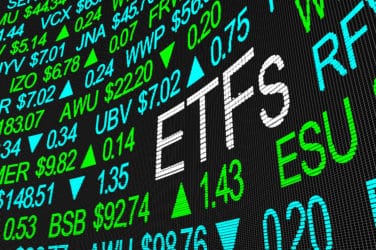
Finding liquidity can be challenging in any financial market, but locating the other side of an emerging-market foreign exchange trade is especially difficult — the hub of market activity may be thousands of miles away, and even the biggest global financial firms may offer limited market making, at best.
Trading engines are utilizing low-latency connectivity to connect buyers and sellers of currencies with banks, including regional banks in non-G10 countries.
“We’re really trying to address the needs of our clients’ search for liquidity,” Dmitri Galinov, CEO of trading platform FastMatch, told Markets Media. “What I mean by liquidity is to offer clients tight prices, high fill rates and low market impact once they do a trade with us. That’s really our objective.”
With emerging markets, local representation is critical.
“Currently, the way the buy side accesses liquidity in emerging markets is they have relationships with all the major banks,” Galinov said. “But the buy side rarely has relationships with regional banks, that are specialists in that local currency, especially in emerging markets. Obviously, a local bank in a currency, whether it’s an Australian bank or a Russian bank or a Mexican bank, can offer a much deeper liquidity pool in that particular currency than a major bank.”
FastMatch provides the linkage to local banks through Agency FX, its buy-side crossing system. “We cross orders from the buy-side directly with each other, as well as offer crossing services between buy side and retail and buy side and sell side,” Galinov said.
With Agency FX, a buy-side firm can get a credit line from a major Top Ten euro money bank and trade on the system, while the other counterparty of the trading can be a local bank providing local liquidity. “We combine the liquidity from local banks with the credit of a major bank to offer, to buy-side clients, the deepest liquidity pool,” said Galinov.
FastMatch is based on the technology underpinning the Credit Suisse Crossfinder matching engine, re-tooled and tailored to the needs of the global foreign exchange markets. Its primary competitors are other ECNs like EBS, HotSpot, and Currenex.
FastMatch launched its initial matching engine in 2012 to operate FX Spot and metals from the Equinix NY4 facility. A second matching engine was launched in the summer of 2013 in London and earlier this year, FastMatch announced the launch of its third matching engine, to be located in the Equinix IBX Data Center in Tokyo.
The expansion into Tokyo, a key regional hub for FX electronic trading in Asia, will help FastMatch provide faster, high performance trading services for its customers in the region. FXCM Japan Securities Co. Ltd. is a licensed provider for FastMatch and provides its services throughout Japan. FXCM has established a dedicated institutional ECN business, including FastMatch, in Tokyo, with the aim of providing matching services for spot FX to its institutional clients.
“We offer local trading in each region, so we have a matching engine in New York, in London and in Tokyo,” Galinov said. “All liquidity is local to that particular region, so the benefit is clients that trade in that region, rather than go to New York for liquidity, they get access to local liquidity at much better fill-rates than they would have going back to New York. The reason is because, obviously, there’s much bigger latency between the continents.”
FastMatch uses a proprietary matching technology, called flexible matching, for which it has a patent pending. “Basically what it does is tracks, in real-time, the fill-rates and response times of every liquidity provider with every taker, and then it penalizes the liquidity providers that offer slow response time or low fill-rates for clients,” Galinov said.
Featured image via Dollar Photo Club






